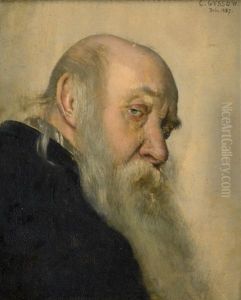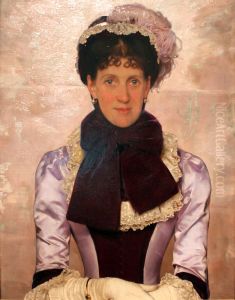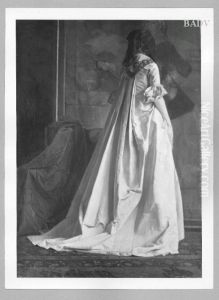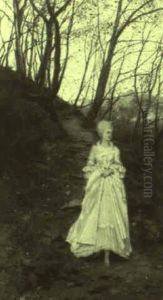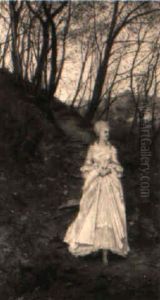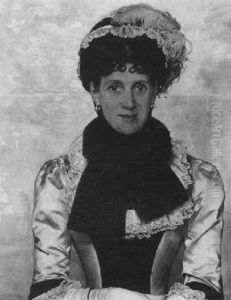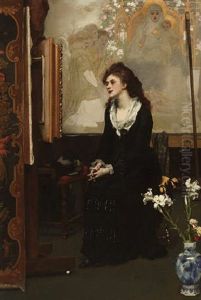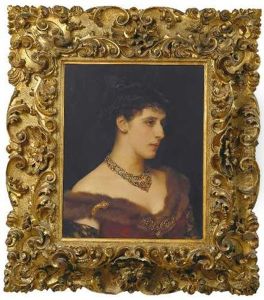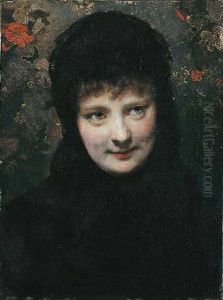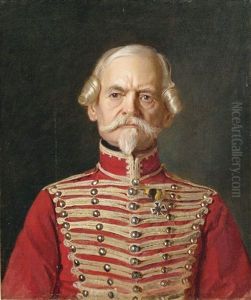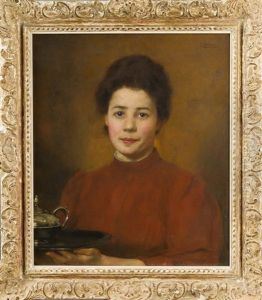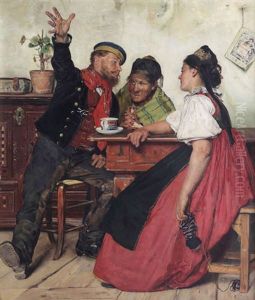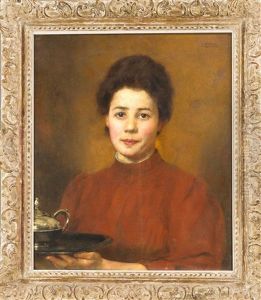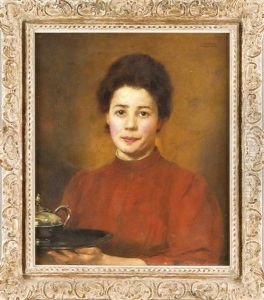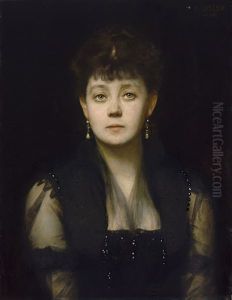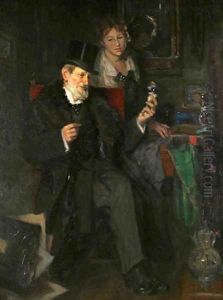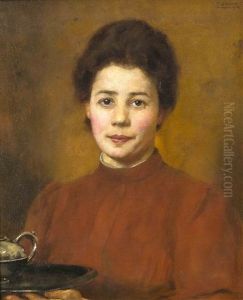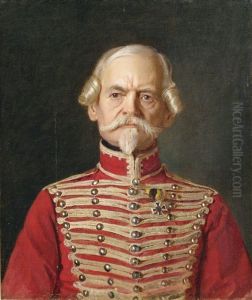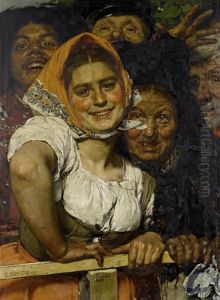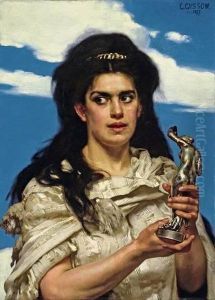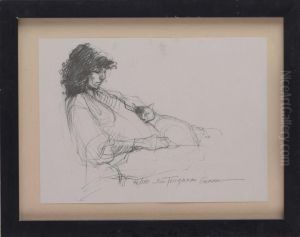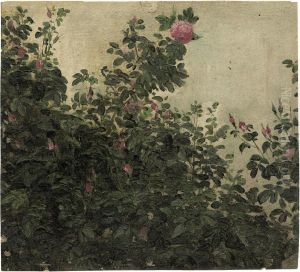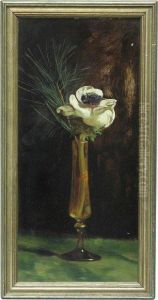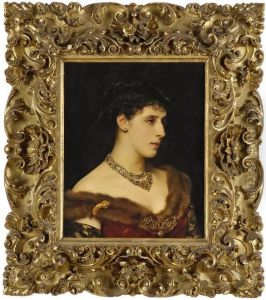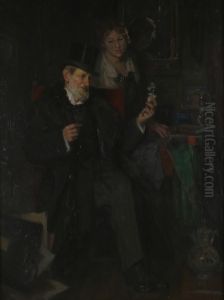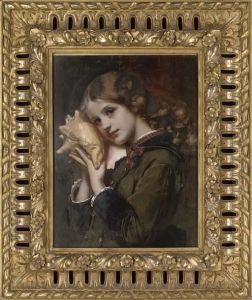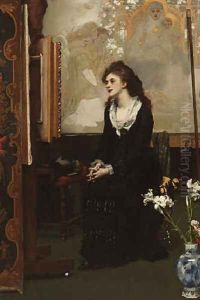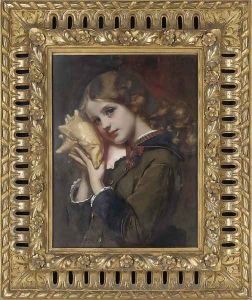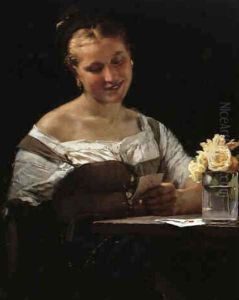Karl Gussow Paintings
Karl Gussow was a German painter and academic born on February 11, 1843, in Havelberg, Prussia (now Germany). He was known for his detailed and realistic genre paintings, portraits, and still lifes that reflect a meticulous observation of nature and human life. Gussow's early life was marked by his passion for art, which led him to pursue formal education in the field. He initially studied at the Academy of Fine Arts in Königsberg (now Kaliningrad, Russia) and later at the Berlin Academy, where he was profoundly influenced by the works of the Old Masters, fostering a deep appreciation for meticulous detail and realism in his own work.
Throughout his career, Gussow remained committed to the academic style of painting, despite the rise of Impressionism and other modern movements that challenged traditional techniques and themes. His works often depicted scenes from everyday life, imbued with a sense of realism that was both honest and unembellished. Gussow's ability to capture the nuances of light and shadow, as well as the textures of materials, earned him recognition and respect among his contemporaries.
In addition to his painting, Karl Gussow was also a respected teacher. He taught at the Berlin Academy, where he influenced a generation of artists, imparting his meticulous approach to art and encouraging his students to pursue a careful study of nature and detail. Throughout his teaching career, he remained a staunch advocate for the academic tradition in art, emphasizing the importance of technical skill and classical beauty.
Gussow's contributions to German art were significant, and his works were exhibited widely during his lifetime, including at prestigious venues such as the Berlin Salon. His paintings are now held in several prominent museums and collections, where they continue to be appreciated for their technical excellence and their insightful portrayal of 19th-century life.
Karl Gussow's legacy as an artist and teacher is marked by his dedication to realism and the academic tradition. He passed away on September 16, 1907, but his influence on German art and his commitment to realism continue to be celebrated today.
